Best MySQL DigitalOcean Performance – ScaleGrid vs. DigitalOcean Managed Databases
Scalegrid
JUNE 22, 2020
MySQL is the all-time number one open source database in the world, and a staple in RDBMS space. Compare Latency. On average, ScaleGrid achieves almost 30% lower latency over DigitalOcean for the same deployment configurations. Read-Intensive Latency Benchmark. Balanced Workload Latency Benchmark.

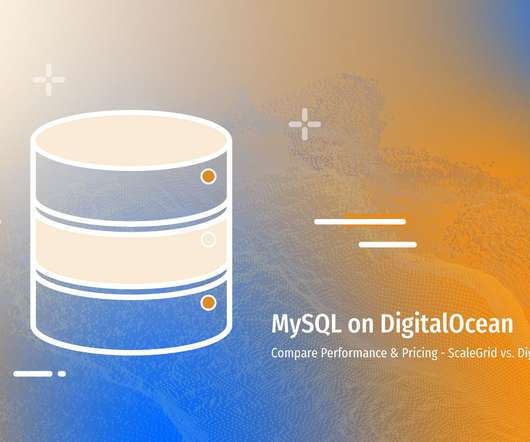
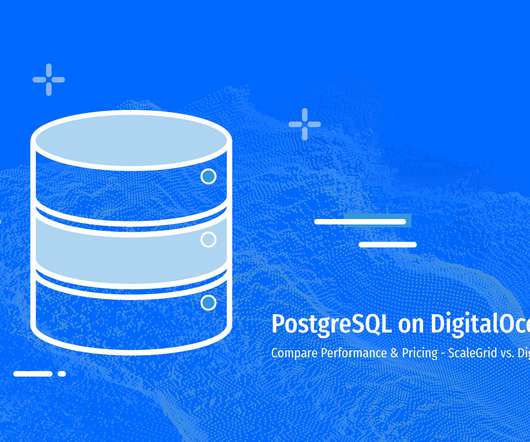

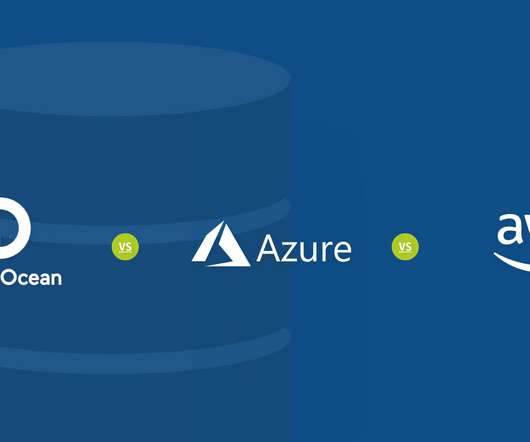









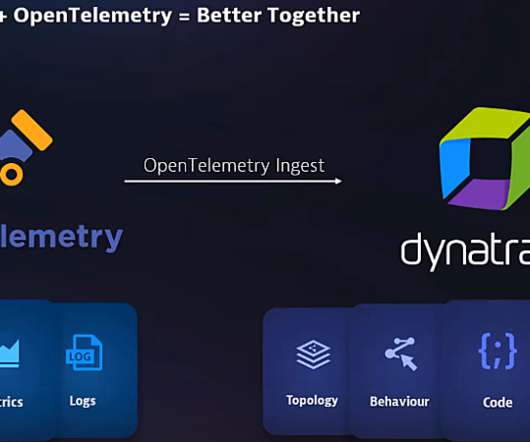




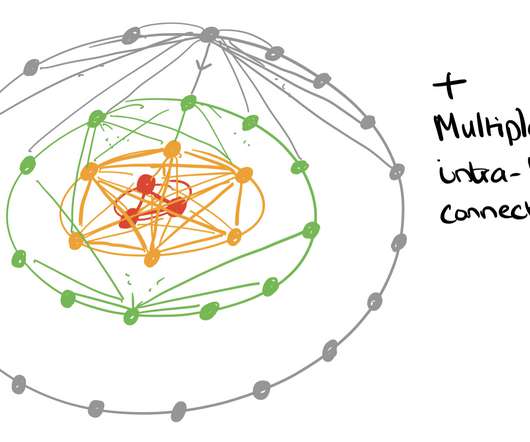
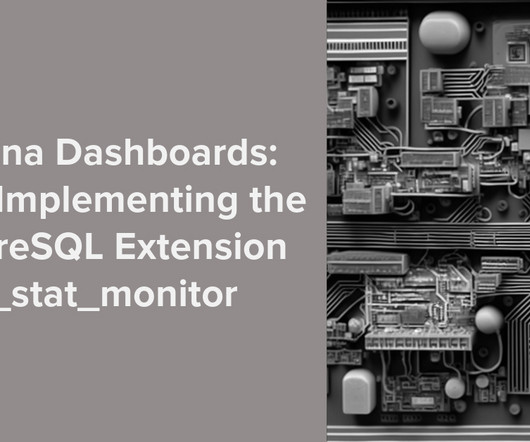


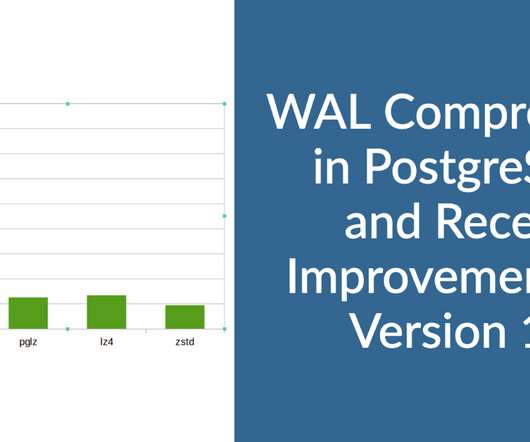



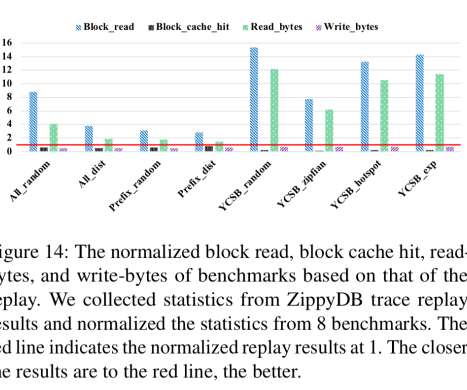








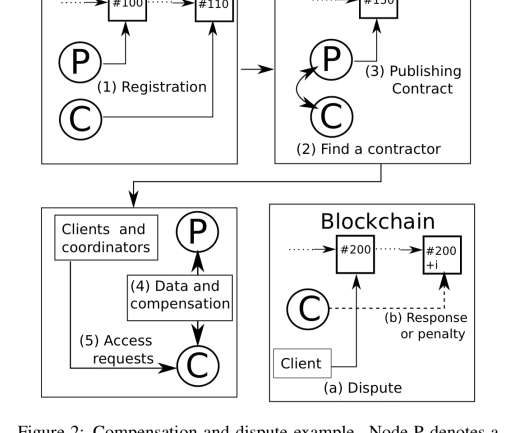













Let's personalize your content